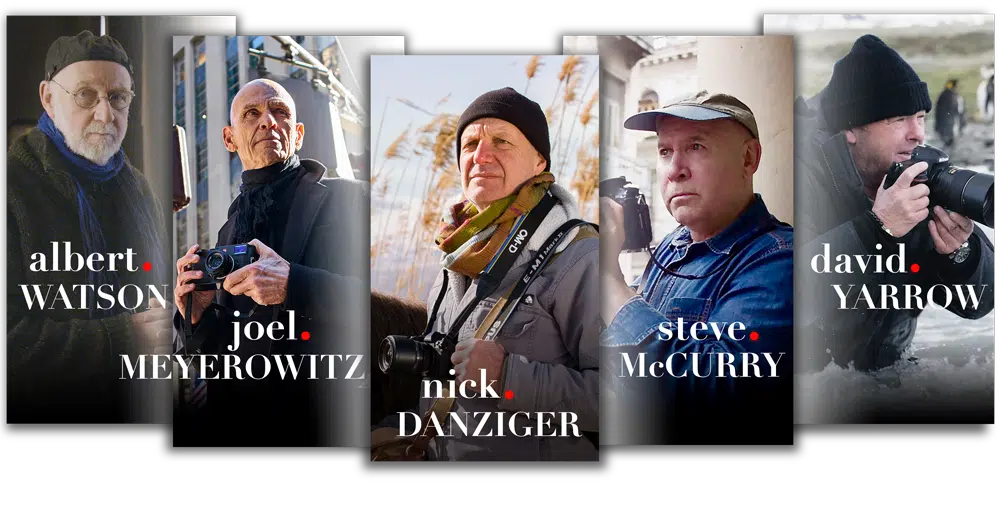
Masters of Photography Forum
Welcome to the Masters Of Photography Forum and our global community of Beginner & Professional Photographer's.
Notifications
Clear all
Status
Topics
Forum
Replies
Views
View Last Post
Sign up for free & watch 4 amazing lessons from some of the greatest photographers in the world
+ Access great films about photography + Join our Forum conversations + Inspiring interviews & articles


